Teams are approaching Everest Base Camp, with some already there; others expected tomorrow and early next week. They will take a few days to adjust to their new home at 17,500 feet while they will review the skills needed to climb the icefall safely. I expect a few teams to do a rotation to Camp 1 late next week. Through April 9, Nepal has issued 244 Everest climbing permits to foreigners.
EverestER, the voluntary doctors at EBC who have performed these services for almost 20 years, gave this nice update:
We are adjusting to life at 5350 meters (trouble sleeping, etc) and are meeting the growing community as we finish up our clinic organizing. We have officially seen 15 patients so far, 13 of whom represent the majority population here, Sherpas. One case of HAPE before we had our tent set up was evacuated, but most cases so far are of mild illness/injury; respiratory infections, musculoskeletal injuries, Khumbhu cough and a single case of travellers’ diarrhea.
IMG is now at EBC. As usual, they have a very large team, perhaps over 30, but they no longer give numbers until after summits, so we really don’t know how successful they are. They gave this update from EBC today:
IMG Expedition Leader Jonathan Schrock checked in with great news from Everest Base Camp. Team 1 pulled into EBC at the six hour mark. Everyone is happy to be at Base Camp with a full belly from Kaji’s cooking. All members of the IMG team, including climbers, trekkers and Nepalese staff have been tested for COVID-19 several times along the way to EBC and results have all been negative. We will continue to be strict with our protocols.
Pakistani climber Shehroze Kashif, who is the youngest person to summit Broad Peak, is now at Everest Base Camp and reported on the internet access. I’m not clear if he is using EverestLink, which has excellent coverage, or Ncell, the mobile phone company that has poor service at EBC:
Good Morning from Everest Basecamp !! Alhamdulillah settling in well, weather is nice so far. Still alone and waiting for other team members to arrive at basecamp. Accessing internet is a challenge in itself. It requires 20 min walk on glacier to reach the signals. But i will do my best to keep you all updated In Sha Allah ! Remember me in your prayers
The Icefall Doctors fixed ropes are to Camp 2. But before anyone goes to Camp 1 or higher, they have to navigate the Khumbu Icefall. Of all the sections on Everest, the Khumbu Icefall receives the most headlines for the danger. Why is it so dangerous? Does it deserve this reputation? What can climbers do about it? Let’s take a look.
A River of Ice that is Melting
Everything starts with the Khumbu Glacier, a 10-mile/17-km river of ice that begins high on the Lhotse Face around 25,000’/7,600m. The Khumbu Icefall is the section between Everest Base Camp, 17,300’/5270m, and just below where Camp 1 is usually located, 19,500’/5943m.
Once it leaves Lhotse, the glacier defines the Western Cwm for about 2 miles before dropping rapidly to create the Khumbu Icefall for 2.5 miles. Around Everest Base Camp (EBC), the glacier makes a sharp southern bend and continues another 6 miles/9.6km to 16,000’/4,900m. The Icefall varies in width from over half a mile/800m to a third of a mile/500m.

As with all glaciers, the Khumbu moves as much as 3’/1m a day in the center while barely moving at the edges due to friction against rock walls. The top of the glacier moves faster than the bottom due to friction against the earth. It is this dynamic of fast and slow-moving sections plus the precipitous drop that create the deep crevasses, some over 150’/45m deep and towering ice seracs over 30’/9m high.
Melting
According to the Kathmandu-based mountain research institute, ICIMOD, the Khumbu Glacier is melting but not as fast as many other glaciers because of its altitude. It is the highest glacier on Earth. It is estimated to be retreating about 65’/20m per year and has shrunk about 3,100’/940m between the 1960s and 2001. 1
The glacier has thinned by 40-50’/12-15m over most of the length. Everest Base Camp is lower today because of the ice melting. In 1953, when Hillary and Tenzing summited, EBC was about 17,454’/5320m; today, it is 17,322’/5280m.
Between 1962 and 2002, the icefall thinned at an average of 56’/17m, about a rate of 1.3’/39cm per year.
Long-time Everest guide Russell Brice told me in an interview in 2017 that this melting may result in a safer Icefall for climbers. But he added the Western Cwm may one day become the major obstacle of the South Col route:
But on Everest looking at photos from above, it seems that the Icefall between BC and C1 is actually getting easier and arguably safer. It also seems that several of the hanging glaciers above the Icefall are now leaning back and seem to be less active than what we experienced in 2012, again this can be explained by the warm temperatures at this altitude.
However, it seems to me that the crevasses between C1 and C2 are getting deeper and are now longer which results in climbers having to walk longer distances as they zigzag through these crevasses, and of course this has also resulted in some longer ladder crossings over very deep crevasses. I will not be surprised to see that we will need more ladders between C1 and C2 than before. Maybe even at the bottom of the Lhotse Face as well.
Judging by the reports from 2021, it appears the long-time Everest veteran who has now sold his company, Himex, was spot on. The route through the Icefall is faster and flatter while the trek between C1 and C2 has to navigate massive crevasses.
The First Icefall Climbs
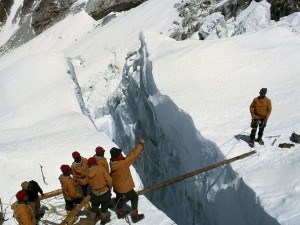
George Mallory, while seeking a route to climb to the summit of Everest, is said to have sighted the Icefall in the early 1920s and said it was “terribly steep and broken … all in all the approach to the mountain from Tibet is easier”5; thus shifted his efforts to Tibet.
It wasn’t until 1950, when Charlie Houston and Bill Tilman led a British reconnaissance team to scout a possible route from Nepal, that the Khumbu Icefall was considered feasible.
In 1951, another British team led by Eric Shipton climbed through the Icefall but stopped just short of the top because of a wide crevasse. To cross the crevasses, the early expeditions used long tree trunks brought up from tree line after they ran out of ladders.
A Swiss team in 1952 overcame that obstacle by climbing into the crevasse and crossing a dangerous snow bridge. They reached 8500 meters using today’s Southeast Ridge route but failed to summit. Of course, John Hunt’s 1953 British expedition made the first summit using that same route.
The Hazards
There are multiple hazards within the Icefall that have taken lives. I used the Himalayan Database to analyze the non-illness deaths between 17,500’/5400m and 19,500’/5940m, and that was in the Icefall proper. There were 45 total deaths in the Icefall, or 23% of the 194 total deaths on the Nepal side from 1953 to 2019.
The 45 deaths broke down as:
- Avalanche onto the Icefall: 22 deaths or 49%
- Section of Icefall collapsed: 15 deaths or 33%
- Falling into a crevasse: 6 deaths or 13%
- Fall: 1
- AMS: 1
While I cite specific deaths to help others, I extend my condolences to all family, friends, and teammates of these tragic events.
Crevasse: 6 or 13%
Falling into a crevasse is quite common on mountains from Mont Blanc to Rainer to Everest. I fell in one above Camp 1 in 2002! On Everest, the standard protocol is to be clipped into the fixed rope at all times while moving up or down the Icefall so that if you step on a soft snow bridge and fall into a crevasse or slip off a ladder, the rope will catch you. Sadly, many falls into crevasses were the result of not being clipped in.
In 2005, a westerner fell into a crevasse while crossing a soft snow bridge. Adventure Consultants team members who witnessed the fall all agreed: “It was clear that this climber was not clipped into the fixed ropes at the time of his fall; thus, a slip which should have been quickly arrested resulted in a fatal fall over a 10m drop.” 3
In 2012, a Sherpa fell from a ladder while not clipped into the fixed ropes and fell 150’/46m into a crevasse. 4
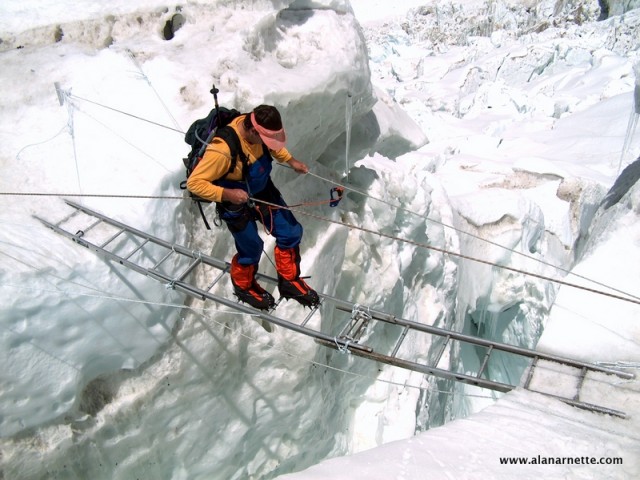
Icefall Collapse: 15 or 33%
The next hazard is being hit by an ice structure collapsing within the Icefall itself. There are many towering seracs (ice towers) that can fall over as the Icefall shifts or an entire section can simply collapse under a climber – remember, it can move a meter each day and can shift suddenly with no warning. Amazingly, this event is not very common but can easily cause death.
A tragic example is from 1972 when an Australian climber supporting Chris Bonington’s British Everest SW Face Expedition was ferrying loads. He entered the Icefall but was not seen again. A search team found a big area of the Icefall that had collapsed and assumed he was in that area when it happened. In 2008, his body was found at the foot of the Icefall. 2
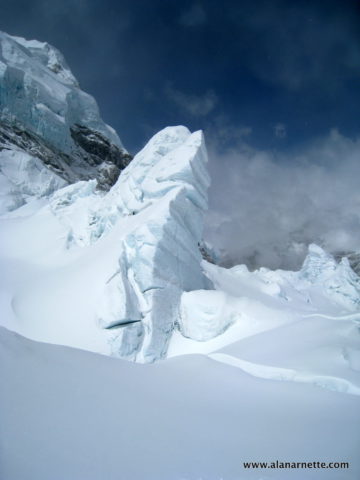
Avalanche: 22 or 49%
Ice falling off the West Shoulder of Everest has resulted in massive casualties and is widely considered the most pressing danger in modern times. This is the serac Russell Brice mentioned earlier.
There are two major events. In 1970, six Sherpas were killed while supporting a Japanese expedition, and in 2014, one of the worst days in Everest history, 16 Sherpas died on 18 April when a hanging serac was released as the Sherpas were waiting for a ladder to be replaced over a crevasse as they were ferrying loads to the higher camps.
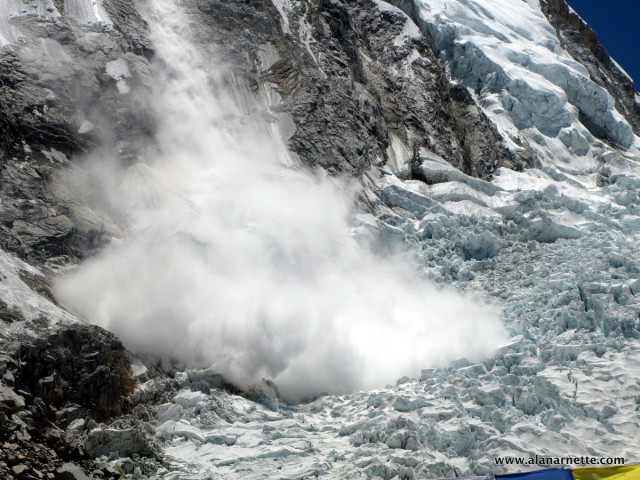
In the autumn of 2019, a house-sized piece of ice barely hung about 3,000 feet above the icefall. All of the teams attempting Everest that season ended their efforts, fearing the serac would release just as they passed underneath, similar to 2014. It’s now reported that it has released leaving a debris field across the Icefall.
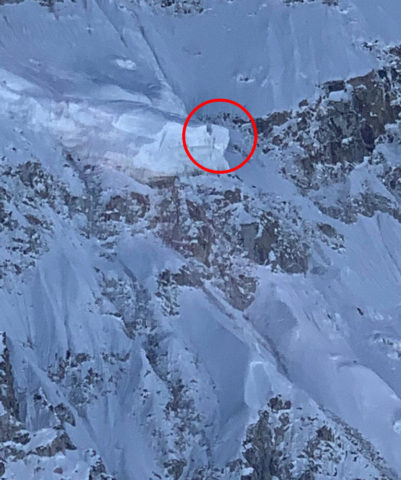
Who Does the Work?
The route through the Icefall to Camp 2 is put in and maintained by a small team of Sherpas aptly called the Icefall Doctors.
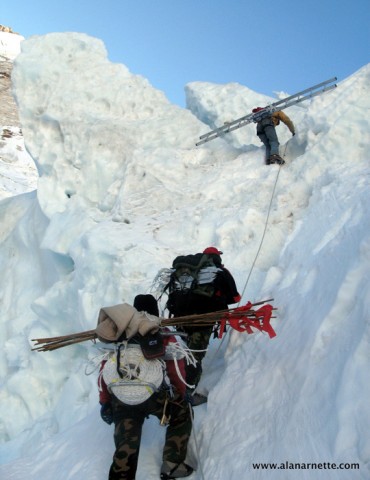
On the south side, the Icefall Doctors, a team of eight dedicated Sherpas, install, a.k .a. “fix” the route from Everest Base Camp to Camp 2 in the Western Cwm each year. They first scout the route for the safest and most direct path; then, they carry on their backs hundreds of pounds of rope, ladders, ice screws, and pickets into the Icefall and the Western Cwm to create the route.
The ropes must be reset each season because the ultraviolet rays from the sun will rot the ropes, causing them to fail under the weight of a climber’s fall. In addition, the route must be maintained daily through the season given the Icefall is a moving glacier and can move up to three feet a day. This movement will cause ladders to drop into crevasses, bend them, or move them into a dangerous area. The Doctors inspect the route at least once a day throughout the season to keep it open and safe.
From Camp 2 to the summit on the south side, the Expedition Operators Association (a group of guide company owners) awards the contract to set the line from C2 to the summit. In 2021, it was awarded to Seven Summits Treks.
Sherpas carry ropes and anchors on their backs and work together to fix the “fixed rope,” aka safety lines to the mountainside. In 2017, a major change occurred when the Nepal government allowed the ropes and anchors to be helicoptered to Camp 2 thus saving an estimated 78 Sherpa loads thru the Icefall. This was a pure safety decision. Hopefully, they will allow it again in 2021.
The labor and materials are funded through climbing permits or collections from the teams.
It’s a difficult and dangerous job. In 2013, Mingmar Sherpa, one of the Icefall Doctors, died after falling into a crevasse between Camps 1 and 2 in the Western Cwm.
The Route
In the past decade, it had shifted more towards the West Shoulder because it was faster for the Icefall Doctors to create the route. But the danger was obvious with the serac looming overhead. Looking at old maps and pictures, long-time veterans Pete Athens and David Breashears suggested the route should return towards Nuptse as it was in the 1950s.
Starting in 2015, the Doctors did just that, making it shorter and safer. The route was not fully tested as the earthquake ended that season early, but in 2016 and 2017, they used the same path with good results, albeit with some sections being steep and difficult. Similarly good results in 2018 and 2019.
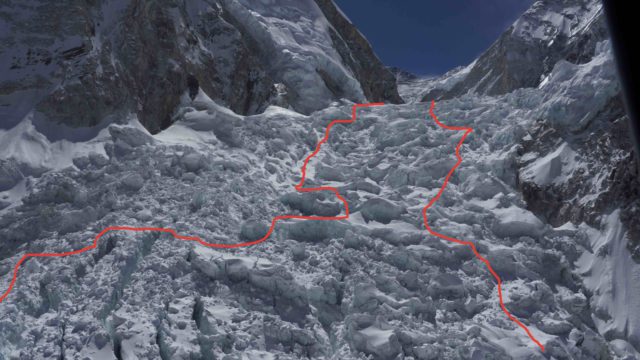

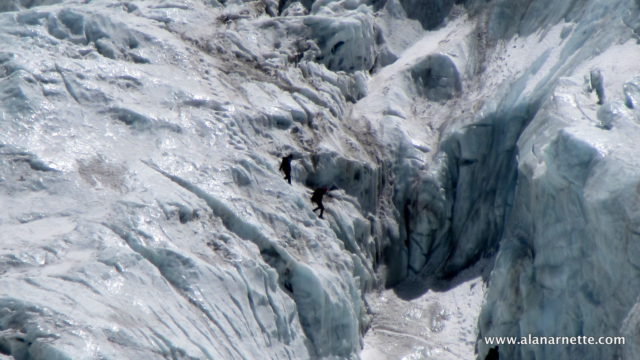
Safety in the Icefall
With all of this history, how do you protect yourself while climbing in the Khumbu Icefall?
For foreigners, it may take over 6 hours to climb to Camp 1 on the first rotation. Once they are acclimatized, that time can be cut in half but most people still take four to five hours. This means leaving base camp no later than 6:00 am. However, most teams are on the ice by 4:00 am.
Sherpas will leave as early as 1:00 or 2:00 because they make a round trip. Impressively, they take the same time for a round trip as a foreigner does one way!
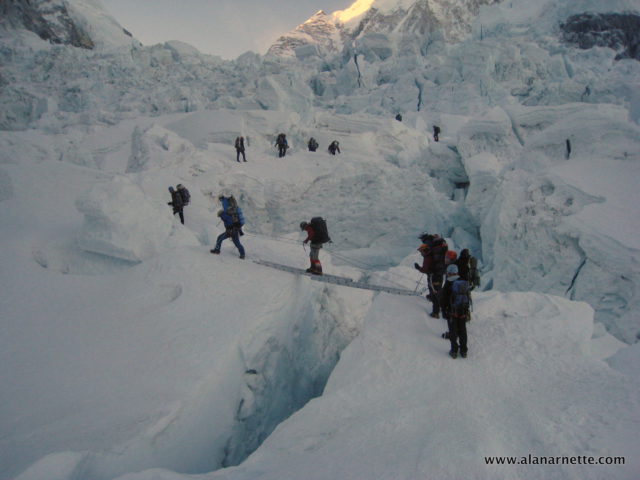
Skills Review
Most teams will take a few days to review basic skills before entering the Icefall. Sherpas will set up a short course with a couple of ladders and a fixed line running over a large block of ice. While it may seem odd to others for anyone already at Everest Base Camp to practice clipping on and off a fixed rope, use a jumar, or front point on steep ice with crampons, this review sharpens everyone’s skills and is a good use of time.
Safety Habits
These are the most common precautions climbers use to protect themselves:
- Never be in the Icefall when the sun is touching the ice, thus heating it up and causing movement
- Always be clipped into the fixed rope, including on ladders
- Never stop for more than a few minutes at any location in the Icefall
- Move as fast as you can safely
- Let faster climbers go by
But even these steps will not prevent something unexpected from occurring. The 2014 serac release occurred well before the sun hit the Icefall. It was around 6:45 am, and the sun usually touched the ice around 10:00 am. Also, ice screws that attach the fixed ropes to the ice will melt out, removing the safety net provided by the ropes. So the best strategy is to move fast, confident, and have extensive experience climbing in crampons on steep snow and ice – the more experience, the safer you will be.
Climb On!
Alan
Memories are Everything!
Alan crossing a ladder from my 2008 climb:
And a video I took in 2014 after the earthquake flying over the Khumbu Icefall:
references
- https://glacierchange.wordpress.com/2009/12/09/khumbu-glacier-decay/
- http://www.frof.ch/absent-friends/tony-tighe/
- http://www.mounteverest.net/story/EverestshowsitsdarkestfaceTwodeathsinthreedaysMay32005.shtml
- http://ngm.nationalgeographic.com/everest/blog/2012-04-21/tragedy-on-the-mountain?source=news_sherpa_fall
- https://books.google.com/books?id=Td0rVmVnkR8C&pg=PT49&lpg=PT49&dq=terribly+steep+and+broken+george+mallory&source=bl&ots=SYBw3DVWEU&sig=tGcuWRnMqpxDyxCAGom55ntaKJk&hl=en&sa=X&ei=aCrkVLvfOonXggSG1ICYAQ&ved=0CB4Q6AEwAA#v=onepage&q=terribly%20steep%20and%20broken%20george%20mallory&f=false
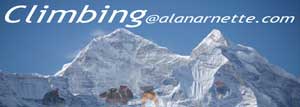
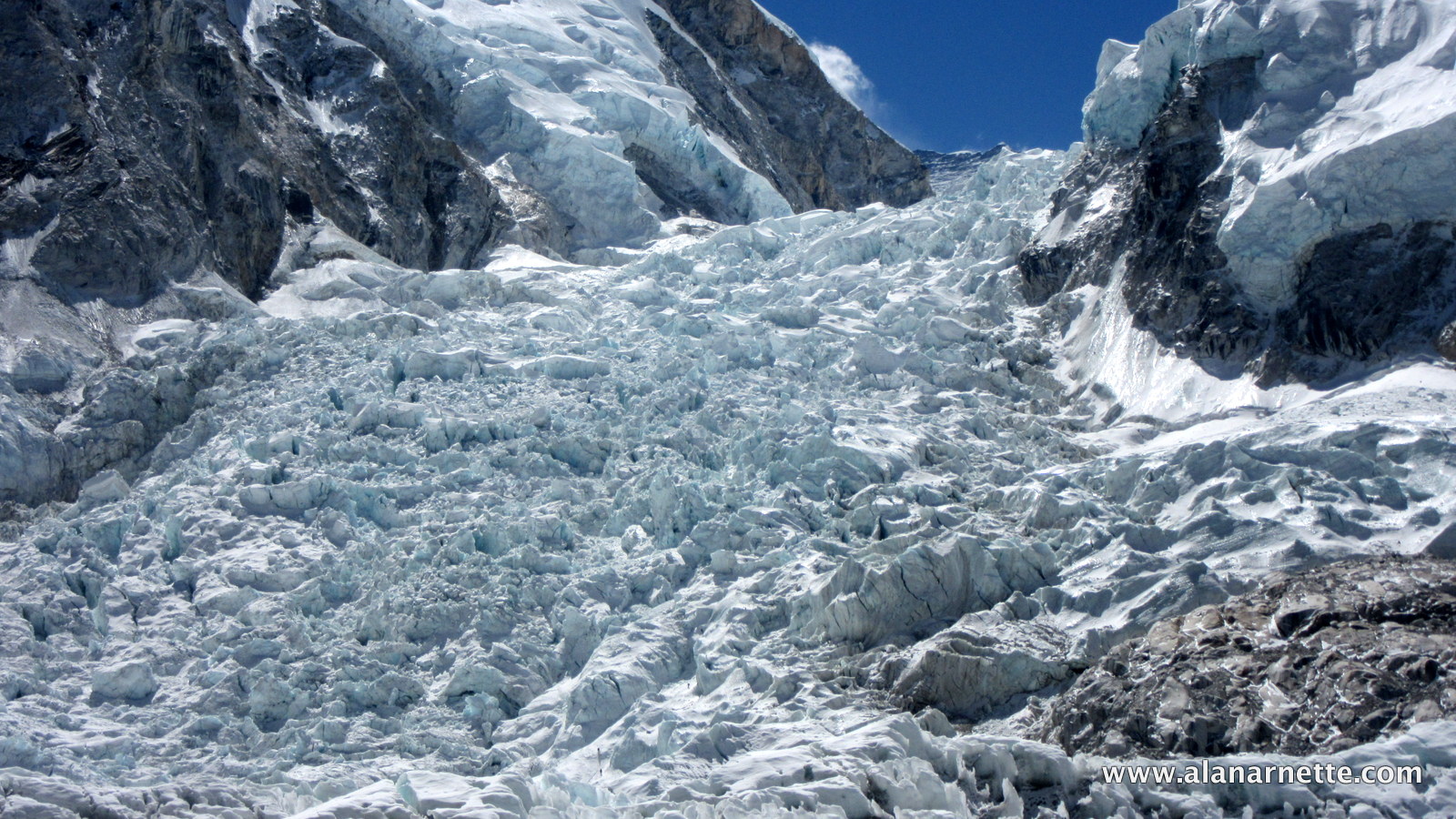
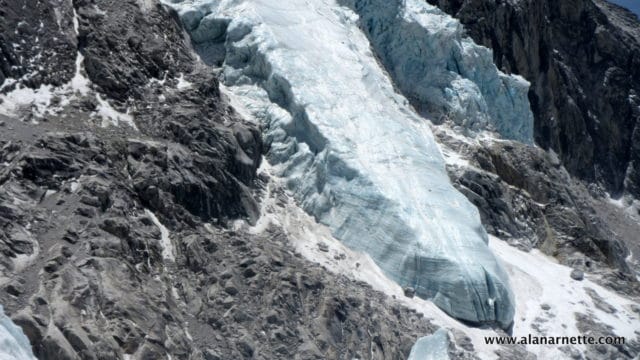
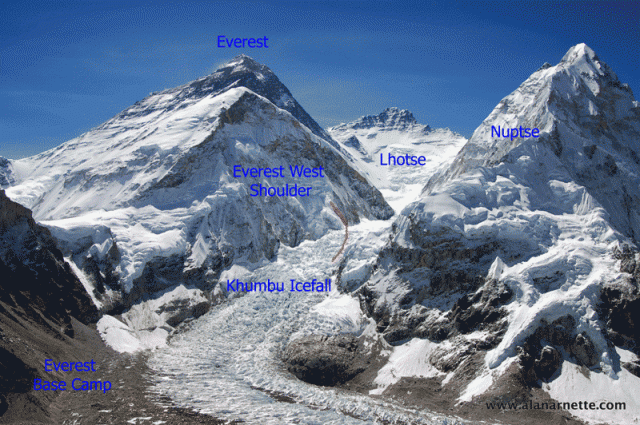
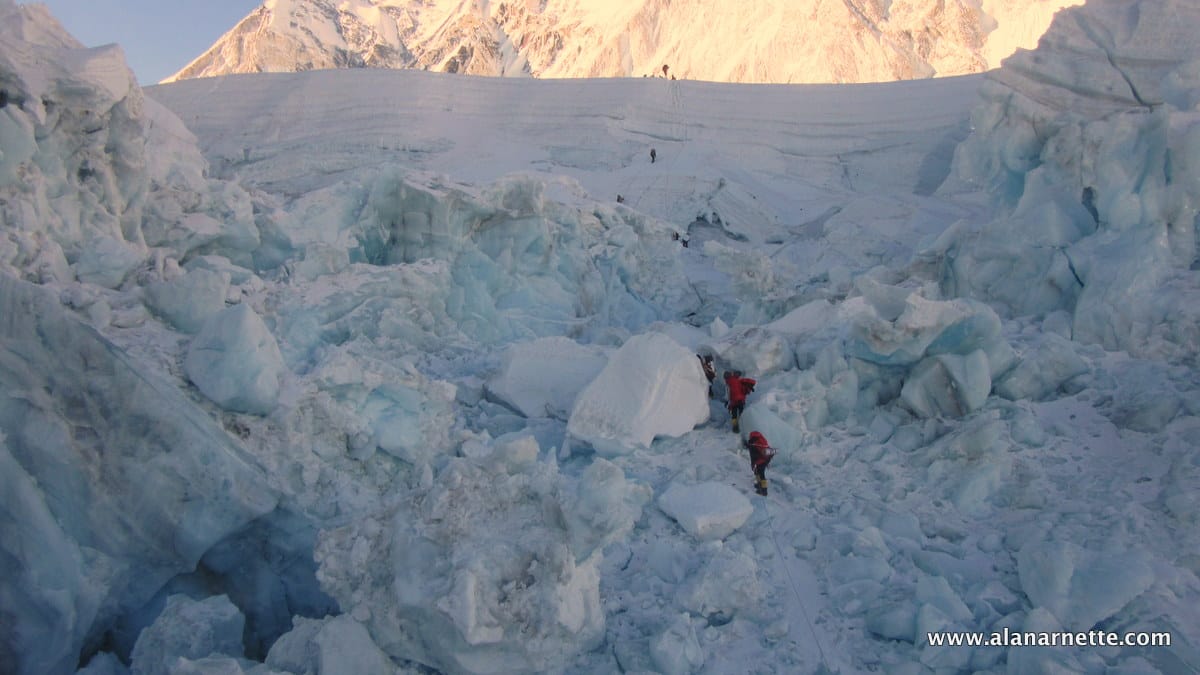

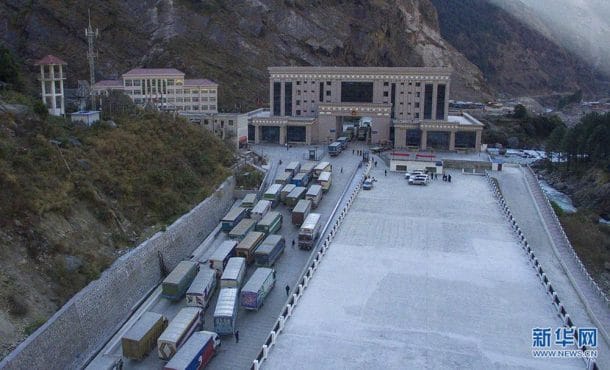
3 thoughts on “Everest 2021: Everest’s gatekeeper – the Khumbu Icefall”
Superb as ever Alan. One thing I’ve always wondered is why they don’t use the ‘foothills’ of Nuptse to circumnavigate the Icefall to reach Camp 1? Nobody has ever explained that to me? Or even the West Face?
Thanks, Peter. It’s been suggested primarily by the Benegas Brothers. But nobody has tried it because it’s steep, rugged, avalanche prone, and well, hard. Certainly not a route for the masses.
You are a gem Alan! Your commentaries are illuminating
Comments are closed.